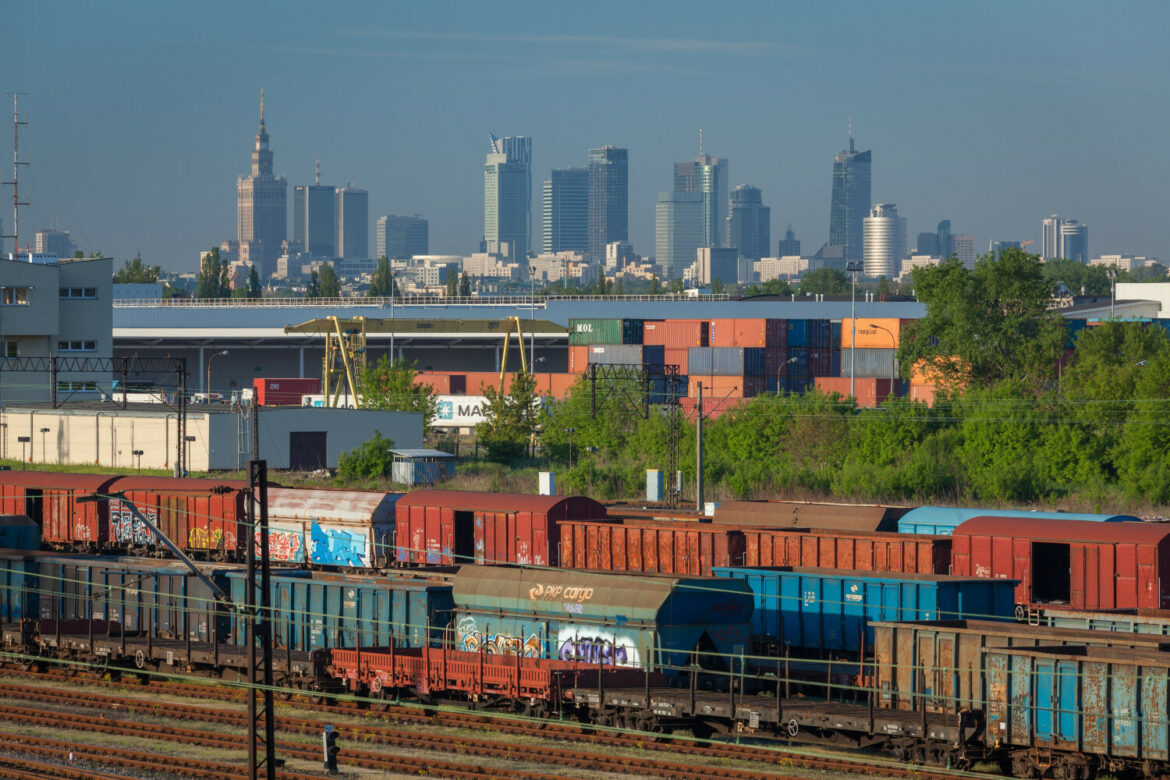According to the latest forecast of the European Commission, Polish GDP growth in 2022 is expected to rise to 5.5% with inflation of 6.8%. This means that Poland will be third economy among the European Union countries, in terms of economic growth following only Malta (6%) and Spain (5.6%).
At the end of January 2021, the Central Statistical Office reported that the Gross Domestic Product of Poland in 2021 increased by 5.7%. The European Commission estimates this increase in a similar way.
“The Polish economy positively surprised in the second half of 2021, confirming its resilience despite recurring COVID-19 waves and disruptions in supply chains. Real GDP grew by 2.1%. quarter-on-quarter in Q3, mainly thanks to the gradual easing of restrictions related to COVID-19”, said the Commission.
On Thursday, the European Commission raised its GDP growth forecast for Poland in 2022 from 5.2% to 5.5%. At the same time, it forecasts that in 2023 Polish GDP will increase by 4.2%.
The European Commission is lowering the European Union’s GDP growth forecast in 2022 from 4.3%. to 4.0%. At the same time, it estimates that in 2023 the Community’s GDP will increase by 2.8%.
EU growth continues to be driven by the pandemic, and many EU countries are under pressure from increased strain on health systems and staff shortages due to disease, preventive quarantine or care responsibilities.
However, forecasting the economic development of Poland, the European Commission notes that “private consumption growth is likely to remain high thanks to the favourable situation on the labour market and the support of policies resulting from changes in personal income tax, although the rising cost of living is likely to reduce purchasing power”.
For Poland, the Commission also predicts that investments will continue to recover, “supported by the sound financial health of companies and the need to increase production capacity”. The lower rate of robotization in Poland compared to other EU countries is also expected to encourage companies to invest in new machines, especially due to rising labour costs.
Adrian Andrzejewski





